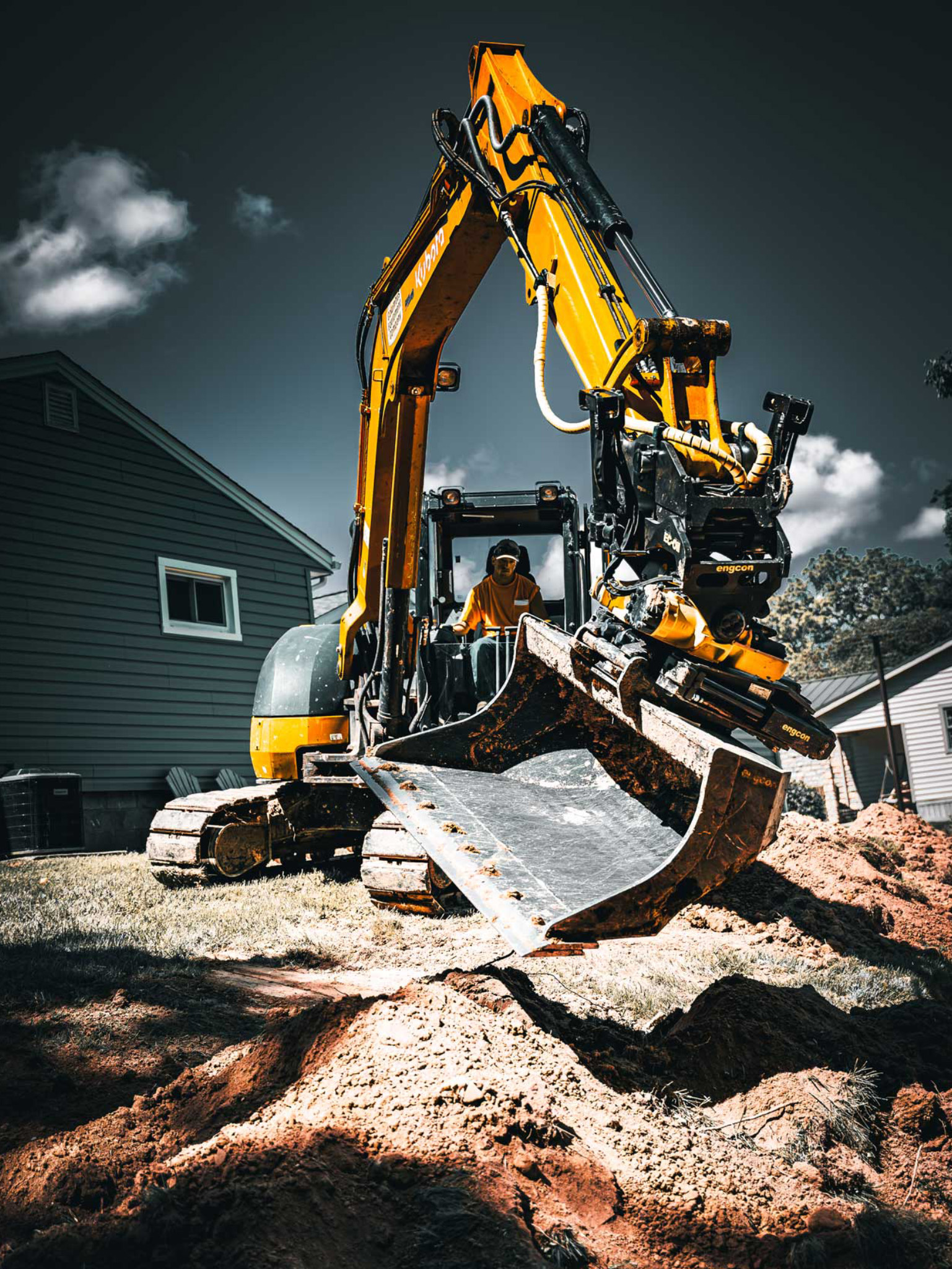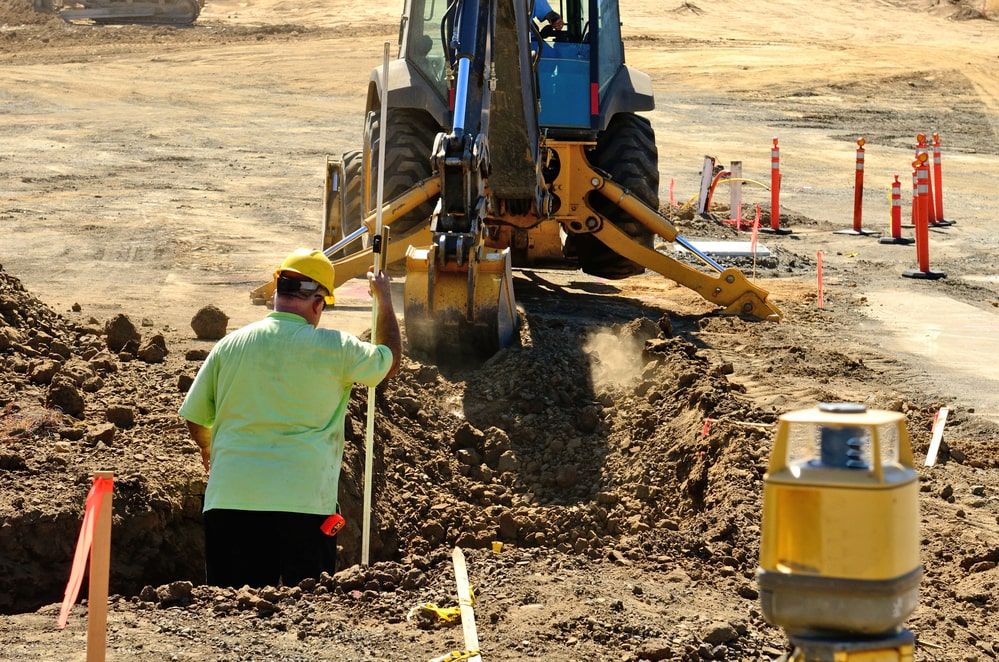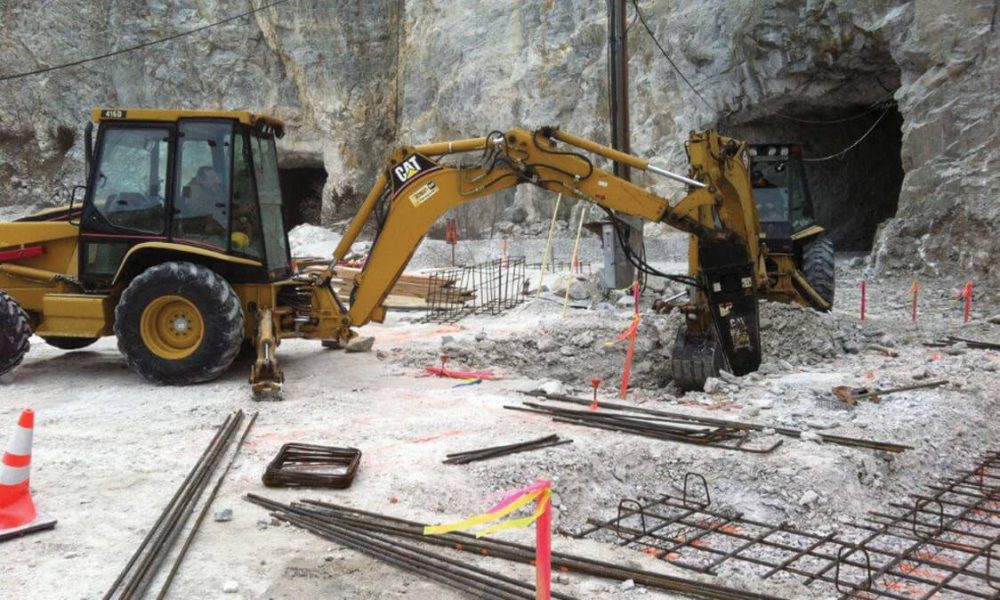Extensive Exploration: The Science Behind Superior Excavation Practices
The world of excavation techniques is a domain name where scientific research links with craftsmanship to uncover the mysteries hidden underneath the earth's surface. From ancient hand tools to contemporary hydraulic excavators, the development of excavation methods has actually been a testimony to human resourcefulness and technological developments. What truly establishes premium excavation practices apart is a deep understanding of geological principles, coupled with the usage of cutting-edge devices and techniques. By discovering the scientific research behind these methods, we can uncover the secrets that lie beneath our feet and value the accuracy and proficiency that go into every dig.
Evolution of Excavation Methods
Throughout background, the development of excavation strategies has actually played a crucial duty beforehand construction techniques and archaeological explorations. From the fundamental tools made use of by our ancestors to the innovative machinery used in modern times, the development of excavation approaches has substantially changed how we come close to various jobs.
In old times, hands-on labor with fundamental devices such as wheelbarrows, shovels, and pickaxes was the key approach of excavation. This labor-intensive procedure limited the depth and scope of excavations, usually resulting in slow development and limited accessibility to particular websites. As people advanced, so did the techniques and tools utilized for excavation.
The Industrial Transformation noted a transforming point in excavation exercise with the introduction of steam-powered machinery. This development transformed the field, permitting faster and a lot more extensive excavations. In contemporary times, modern technology plays a pivotal duty in excavation, with advancements like general practitioner systems, drones, and 3D scanning boosting accuracy and effectiveness in the field. The development of excavation methods continues to shape the way we develop, check out, and comprehend the globe around us.
Duty of Modern Technology in Excavation

The assimilation of innovative technology has actually fundamentally reinvented the area of excavation, improving accuracy and efficiency to unmatched levels - excavating ohio. One of the vital technological advancements that has actually considerably influenced excavation practices is the usage of General practitioner systems.
Furthermore, the arrival of 3D modeling and simulation software has streamlined the planning process for excavation jobs. Drivers and designers can currently imagine the entire excavation procedure prior to breaking ground, identifying prospective obstacles and maximizing operations. In conjunction with this, the application of drones in excavation tasks has assisted in airborne studies, volumetric dimensions, and site assessments with unequaled rate and accuracy.
Geological Principles in Excavation
An understanding of geological principles is essential for making sure the structural honesty and stability of excavation sites. Geological variables play a critical function in identifying the usefulness and safety and security of excavation jobs.
Additionally, the geological framework of the location, including mistakes, fractures, and rock formations, must be very carefully assessed to recognize potential threats and challenges. Digging deep into near fault lines or unstable rock formations can bring about instability and prospective threats. By carrying out extensive geological studies and analysis, designers and excavators can develop strategies to mitigate threats and ensure the successful conclusion of excavation projects. Ultimately, integrating geological concepts into excavation methods is crucial for accomplishing secure, effective, and lasting results.

Newest Tools for Excavation
In the realm of excavation practices, contemporary innovations in devices have actually changed the performance and accuracy of excavation processes. One of the most up to date tools making waves in the market is making use of drones geared up with advanced imaging technology. These drones can provide thorough Check Out Your URL airborne surveys of excavation sites, supplying real-time information on topography and prospective risks. This information help in much better planning and decision-making throughout the excavation process.
One more cutting-edge device acquiring appeal is the application of 3D printing technology for developing customized excavation equipment. This enables the manufacturing of specialized tools that are customized to the certain requirements of a task, enhancing performance and reducing downtime.
In addition, improvements in products science have actually resulted in the growth of stronger and extra long lasting excavation tools. excavating ohio. Tungsten carbide-tipped excavator add-ons, for instance, news offer exceptional performance in tough ground conditions, enhancing efficiency on-site
Scientific research's Influence on Excavation Practices

In addition, scientific research on soil mechanics and geotechnical engineering visit this page has actually provided important insights into dirt actions, allowing excavation experts to make educated choices regarding excavation methods and soil stabilization strategies. Overall, science continues to drive development and enhancement in excavation techniques, making excavation tasks extra reliable, affordable, and sustainable.

Conclusion
In conclusion, the advancement of excavation strategies has been significantly influenced by innovations in technology and a much deeper understanding of geological concepts. The most recent devices and equipment made use of in excavation have boosted effectiveness and precision in the area. The application of scientific understanding has actually considerably boosted excavation methods, resulting in extra efficient and sustainable approaches for digging deep into various sorts of materials.
In the world of excavation methods, contemporary innovations in tools have actually changed the performance and precision of excavation procedures. By leveraging clinical principles, the excavation industry has actually been able to dramatically enhance effectiveness, accuracy, and safety and security in excavation procedures. GPR enables excavation groups to non-invasively scan and map subsurface frameworks, utilities, and potential threats, allowing them to prepare excavation jobs with greater precision and reduced threat of mishaps.
Additionally, clinical research study on soil technicians and geotechnical engineering has actually supplied important understandings into soil actions, allowing excavation professionals to make informed choices regarding excavation methods and dirt stablizing methods. In general, scientific research proceeds to drive advancement and enhancement in excavation methods, making excavation projects more reliable, cost-efficient, and lasting.